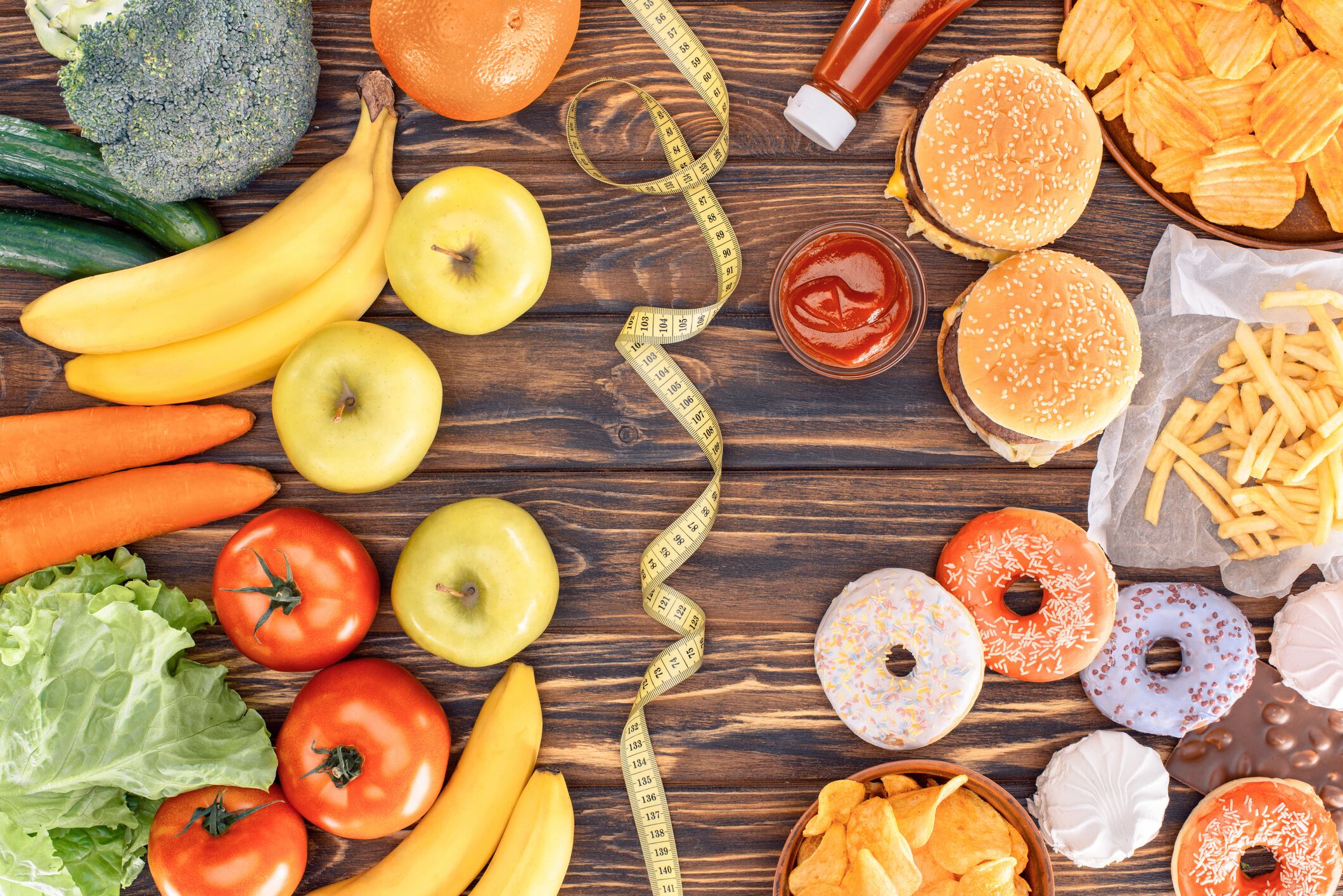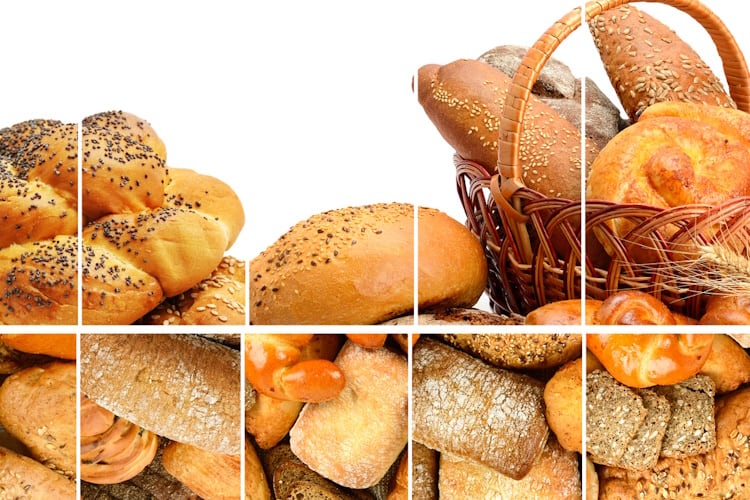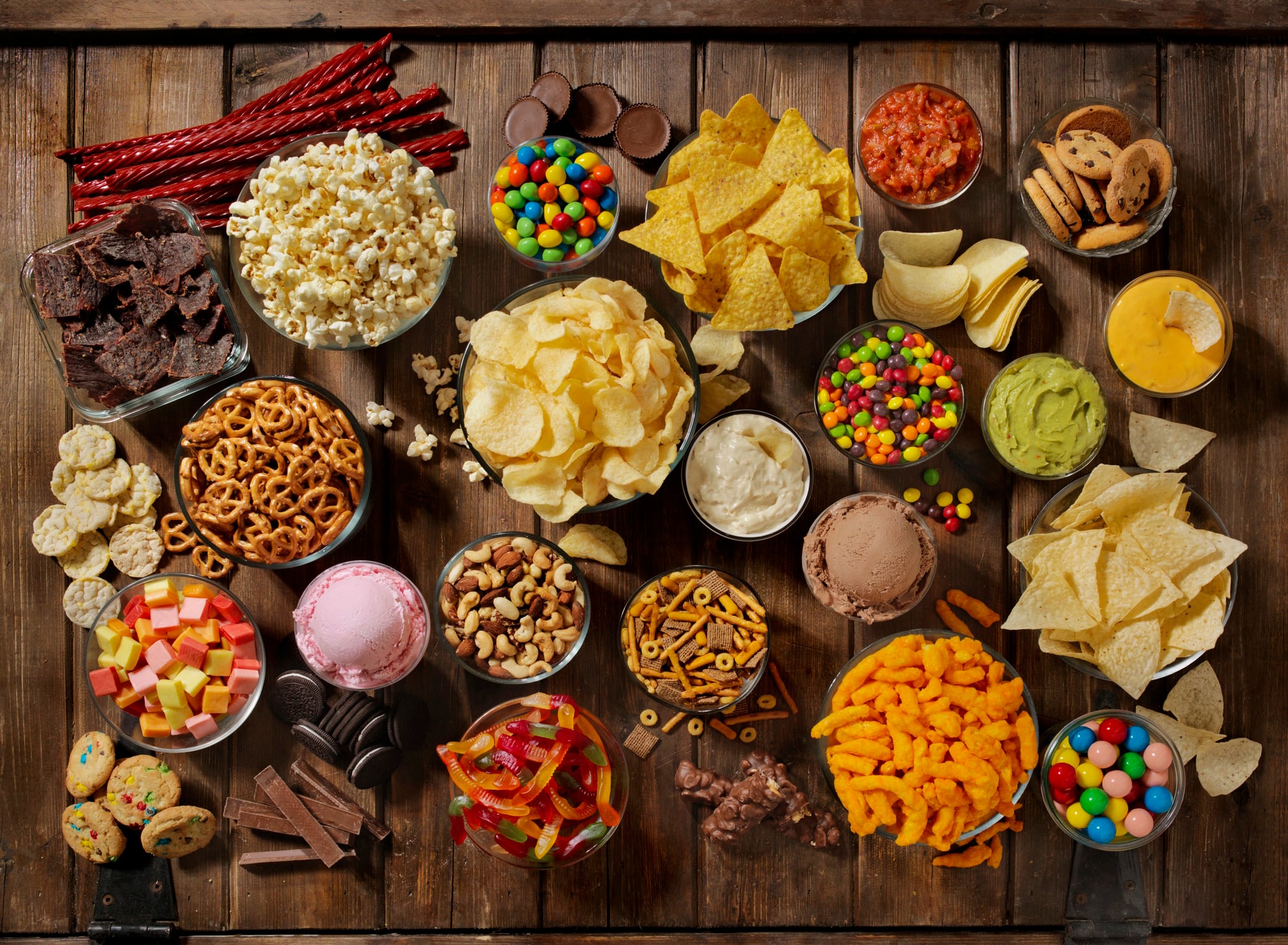Key insights:
- The UPF debate is blurring the line between junk and genuinely useful food.
- NOVA’s one-size-fits-all model punishes progress and confuses consumers.
- We need smarter tools that reflect how food actually affects health.
When did food become something to fear?
That’s a question I’ve been mulling over as I watch the term ‘ultra-processed food’ balloon into a catch-all for everything wrong with modern diets. There’s no denying some highly processed products warrant closer scrutiny. But as someone who’s covered the bakery and snacks sector for years, I’ve also seen the unintended damage this narrative is doing to foods that - while processed - have also evolved. Many are now nutrient-dense, reformulated, and designed with public health in mind.
That nuance has largely disappeared. These days, wholegrain breads, probiotic yogurts, and oat-based snacks are being thrown into the same bucket as sugary sodas and fried snacks. It’s a broad-brush approach that not only undermines brands trying to do better - it leaves consumers struggling to make sense of it all.
For the bakery and snacks sector - where processing is often essential, not optional - the fallout has been swift and unforgiving. Reformulated breads, high-fiber biscuits, fortified crackers, even gut-friendly snack bars are getting swept up in a conversation that no longer distinguishes between convenience and harm.
Now, Zoe, a science-based nutrition app, is trying to reset the terms of the conversation with its new Processed Food Risk Scale - a barcode-scanning tool that assigns a product a risk rating from No Risk to High Risk, based on its likelihood to contribute to overconsumption or metabolic dysfunction.
But is this new scale a genuine solution to the UPF mess or just another layer of nutritional noise?
A broken definition

The term ‘ultra-processed food’ owes its mainstream rise to the NOVA classification system, which categorizes foods according to how much industrial processing they’ve undergone. UPFs are defined as formulations largely made from ingredients not found in home kitchens: think additives, stabilizers, and flavor enhancers.
The real problem is that NOVA doesn’t separate the genuinely unhealthy from the genuinely useful. Foods that are fortified, fiber-rich, or designed to meet specific dietary needs get grouped in with candy bars and fizzy drinks, which is how everyday staples like wholegrain bread, breakfast cereals and plant-based yogurts end up unfairly flagged.
“Consumers are now avoiding perfectly beneficial foods just because of the label,” Rebecca Bohlmann, product manager at Planteneers, told this site. “It’s not just misguided. It’s dangerous.”
Nutrition scientists and product developers alike have been calling out the shortcomings of NOVA’s catch-all framework. Processing itself is not inherently unhealthy - it’s the combination of purpose, ingredients, and outcome that counts. But in practice, a bran-rich cereal can get scored as harshly as a dessert bar simply because it was made in a factory.
From my perspective, that’s a damaging oversimplification. It penalizes brands genuinely working to reformulate for better health - only to be lumped in with the very products they’re trying to improve upon.
From classification to condemnation

What began as an academic model for tracking dietary patterns has morphed into a cultural lightning rod. UPFs are now regularly blamed for obesity, heart disease, diabetes, even cancer. But while there’s evidence that diets high in certain UPFs correlate with poor health outcomes, the nuance gets lost in translation.
A recent study involving more than 200,000 adults, for instance, found strong associations between some ultra-processed foods - like sugary beverages and processed meats - and cardiovascular risk. But it also found that other UPFs, such as wholegrain breads, high-fiber cereals, and certain dairy snacks, were neutral or even protective.
You wouldn’t know that from scrolling headlines. UPF has become a shorthand for ‘“bad food’, with little regard for differences in formulation, intent, or actual health outcomes.
A sector under siege

Few categories are more vulnerable to this oversimplification than bakery and snacks. These products, by nature, are processed. But that doesn’t make them inherently harmful.
Many have undergone significant transformation in recent years - embracing wholegrains, boosting fiber, incorporating fermentation, and using functional ingredients designed to support gut health. Some now carry added protein or reduced sugar without compromising taste or safety.
And yet these products are still treated as suspect by virtue of being shelf-stable or convenient.
“We’ve let a manufacturing label stand in for public health,” said Leo Campbell, co-founder of Modern Baker. His company’s Superloaf - a fermented bread designed to lower glycemic response - is classified as ultra-processed under NOVA.
“Under NOVA, our bread is a no-no, while a sugary fruit bar made with ‘natural’ dates sails through,” he told us. “That’s not science. That’s ideology.”
His frustration is shared across the industry. Innovators say the system is punishing progress. Reformulation gets ignored. Nutrient profiles are dismissed. And shoppers - trying to do the right thing - walk away from foods that could actually help them eat better.
What Zoe’s Risk Scale actually measures
That’s the gap Zoe’s Processed Food Risk Scale is trying to fill. Rather than zeroing in on how a food is made, it asks a more useful question: how does this food behave once it’s in the body?
“We focused on the scientific plausibility of what drives poor health outcomes,” explains Prof Sarah Berry, Zoe’s chief scientist and associate professor, Department of Nutritional Sciences, King’s College London. “That meant zooming in on three factors: additives, energy intake rate, and hyperpalatability.”
Each of these is tied to overconsumption or metabolic harm:
- Additives – Not all are harmful, but some (like certain emulsifiers or sweeteners) are increasingly under scrutiny for gut and metabolic effects.
- Energy intake rate – Foods that are calorie-dense and easy to consume quickly can bypass satiety cues.
- Hyperpalatability – Engineered combos of fat, sugar, salt, and refined carbs can override fullness and drive habitual eating.
When a user scans a barcode in the app, Zoe’s system evaluates the ingredients and assigns a risk rating - No Risk, Low, Medium, or High - with a brief explanation of what drove the score. Its database already includes more than 1 million products and is constantly expanding, with users encouraged to submit new ones.
The tool also ties into two other metrics within the Zoe app: the Food Score (a 0-100 rating of overall nutritional quality) and the Recharge Score, which reflects how your meals supported your gut and energy the previous day.
“This isn’t about banning food,” Prof Berry tells us. “It’s about helping people identify what’s worth eating more often and what’s best kept occasional. It’s not about perfection - it’s about patterns.”
Mixed industry reactions

While some in the food industry see Zoe’s scale as a useful shift toward clarity, others are more skeptical.
The Food and Drink Federation (FDF), which represents UK food manufacturers, has criticized the tool for contradicting official guidance and undermining consumer confidence in approved ingredients.
“Calling permitted food additives ‘high risk’ is irresponsible and not supported by regulatory science,” a spokesperson told our sister site FoodNavigator. “It adds confusion, not clarity.”
Zoe disagrees. Prof Berry stresses the goal isn’t to stigmatize food production, but to help consumers recognize formulations that may drive poor outcomes.
Some brands, she adds, are already engaging with the system to better understand how their products score - and how to improve them.
Public health versus panic

The real question is whether tools like the Risk Scale can cut through the noise and avoid contributing to it.
Food scientist and principal at Corvus Blue, Dr Kantha Shelke argues that ‘ultra-processed’ has become a weaponized term. “We’re seeing a kind of chemophobia - where any ingredient you can’t pronounce is assumed to be harmful,” she told this site. “That’s not science. That’s fear.”
She points out that condemning all UPFs across the board could end up hurting the very people who depend on them most - especially low-income communities that rely on affordable, shelf-stable foods for daily nutrition.
And I agree. Making food the enemy might seem like a quick fix, but in reality, it rarely leads to better health - just more confusion and guilt. We need clarity, consistency, and better options - not more fear.
Zoe’s Risk Scale may not be perfect. But it’s trying to reclaim the middle ground - offering a more sophisticated lens on food risk while keeping the door open for innovation and improvement.
If it works, it could help fix a broken food dialogue. If it fails, the fearmongering will only get louder.
Because the real risk isn’t just in our food - it’s in the way we talk about it.


